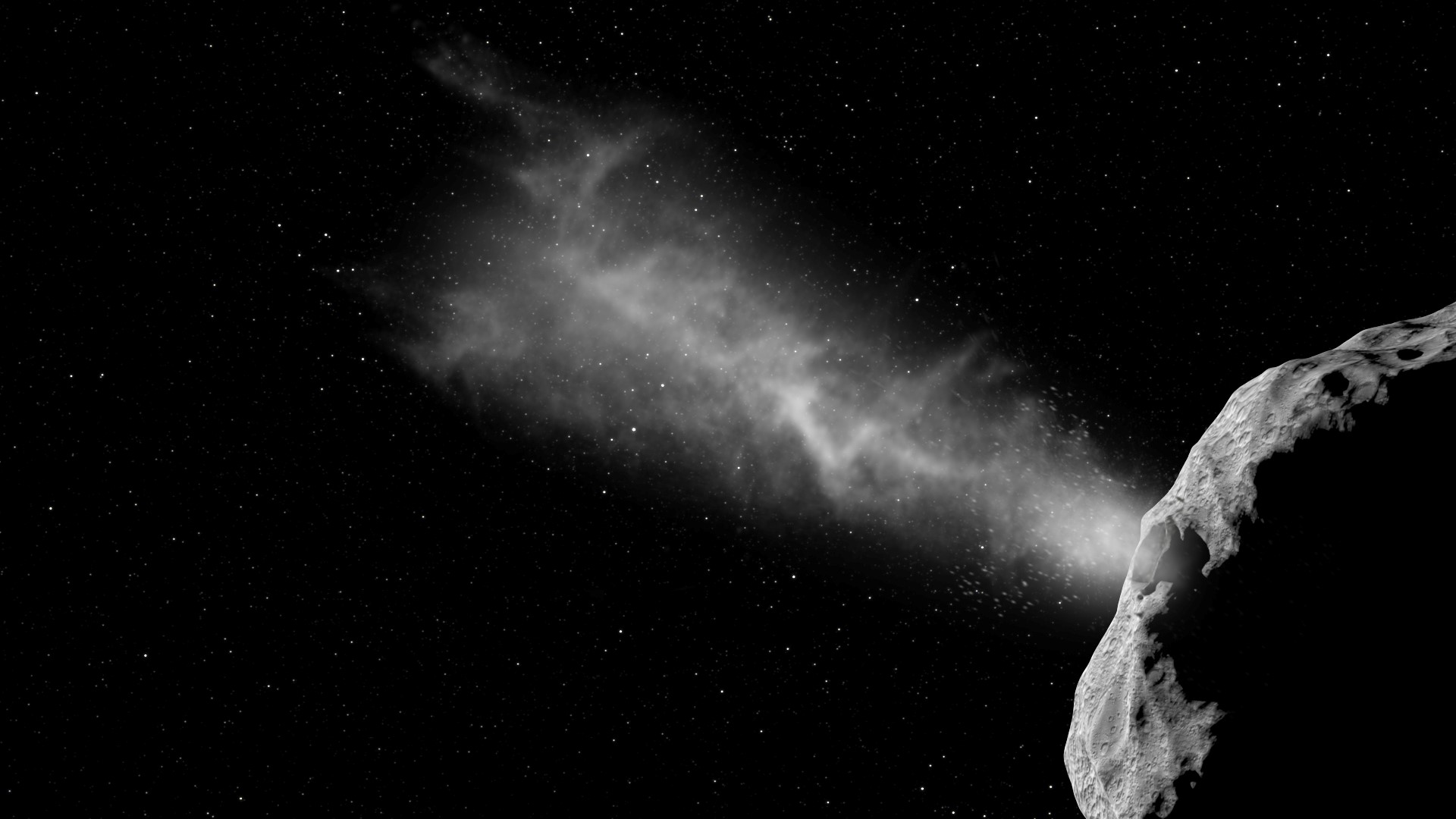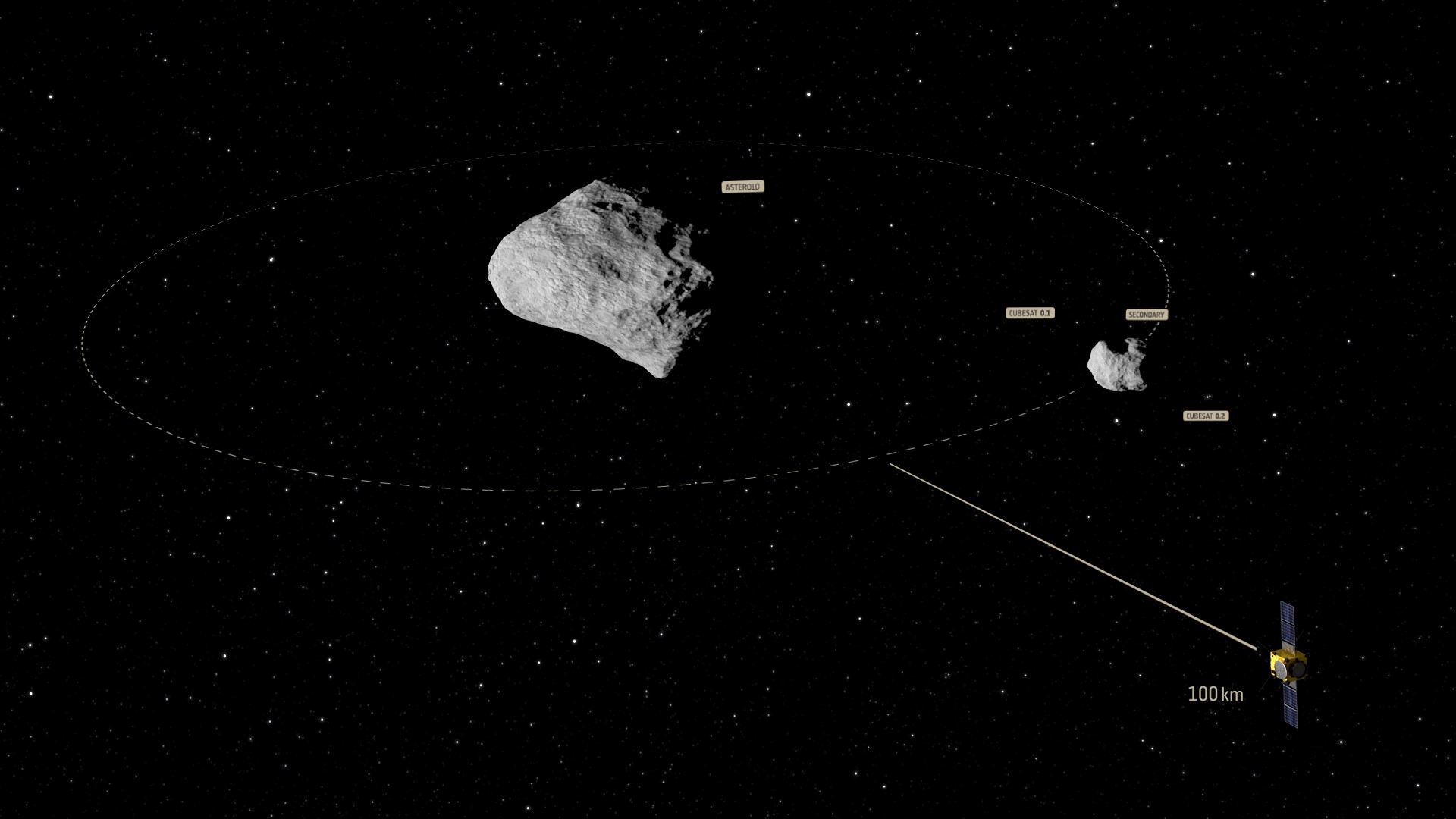
While humanity has determined how to mind-control beetles and extinguish fire with sound waves, it has yet to devise a surefooted plan for dealing with an asteroid collision, a procrastination that could result in our extinction a la way of the dinosaurs. But now, the ESA (European Space Agency) has taken up arms, resolving to come up with a plan that involves actually blowing up an asteroid and observing the outcome.
This April 2015 marks the beginning of a large-scale international effort called Asteroid Impact Mission (AIM), bent on investigating the technologies needed for planetary defense and deep-space missions. Preparations will take four-and-a-half years before a spacecraft bound for the paired Didymos asteroid system is launched in October 2020. With a destination upwards of 11 million km away from Earth, the AIM craft will only reach the 800 m-diameter asteroid at some point in 2022.
Interestingly, the 800 m asteroid is not the destination but a smaller 170 m-diameter asteroid — unofficially called “Didymoon” — orbiting around. Once the AIM reaches Didymoon it will first perform a high-resolution visual, thermal, and radar scanning to compile a detailed mapping of its interior/exterior before touching down with a smaller vehicle similar to the Rosetta orbiter’s Philae that landed on a comet in November of 2014.

Once enough scientific data is gathered, preparations will begin for the larger Asteroid Impact & Assessment mission (AIDA), before ESA and NASA join forces to enact the Double Asteroid Redirection Test (DART), otherwise known as crashing a probe straight into Didymoon.
“AIM will be watching closely as DART hits Didymoon,” explains Ian Carnelli, managing the mission for ESA. “In the aftermath, it will perform detailed before-and-after comparisons on the structure of the body itself, as well as its orbit, to characterize DART's kinetic impact and its consequences.”
The aftermath of the collision will permit scientists to study the effects of what 6 km/s worth of kinetic energy will unleash. “In addition, DART’s shifting of Didymoon orbit will mark the first time humanity has altered the dynamics of the Solar System in a measurable way,” adds Carnelli, “[and] gives us a baseline for planning any future planetary defense strategies.
Interestingly, a similar undertaking was spearheaded by NASA in 2005, in which the agency’s Deep Impact spacecraft launched a copper impactor into Tempel 1, an asteroid tens of times larger than Didymoon. The new target’s small frame will require far more precision, but increase the likelihood of altering its trajectory. Didymoon is actually three times larger than the asteroid responsible for the 1908 Tungska impact in Siberia.
Source: Phys.org
Advertisement
Learn more about Electronic Products Magazine





